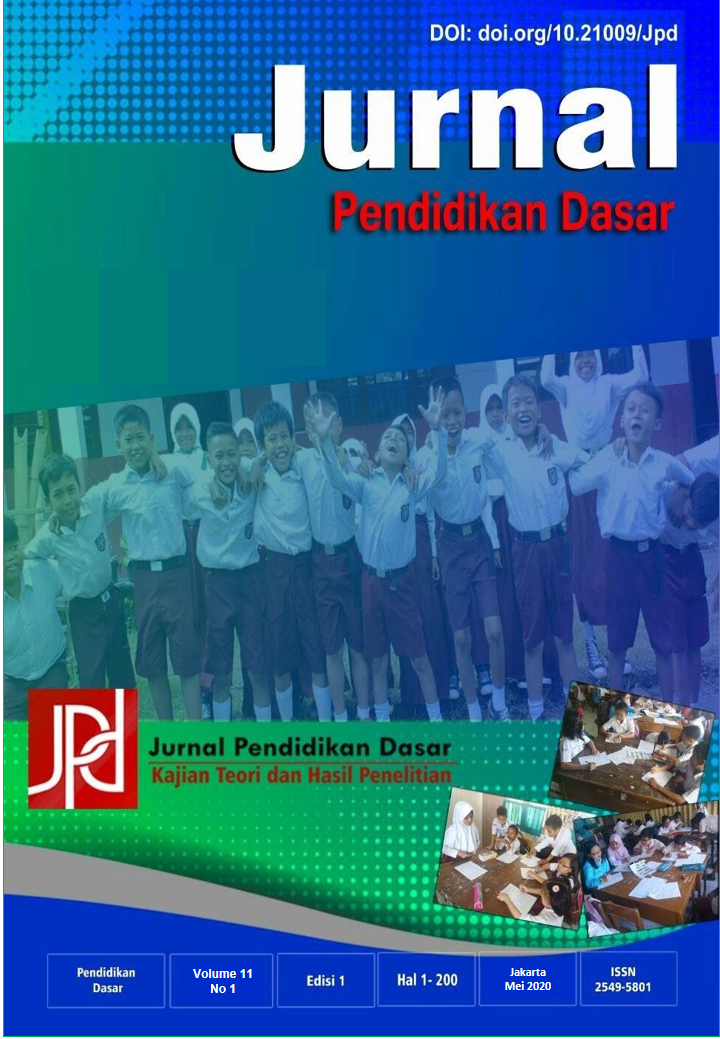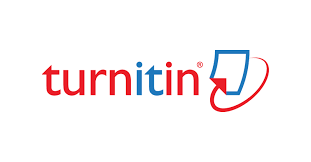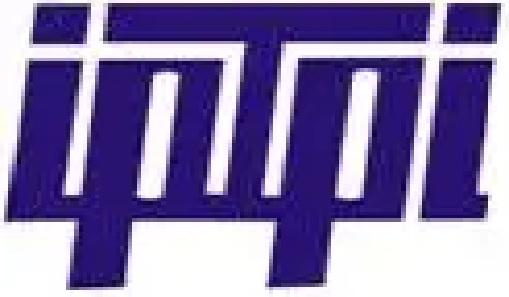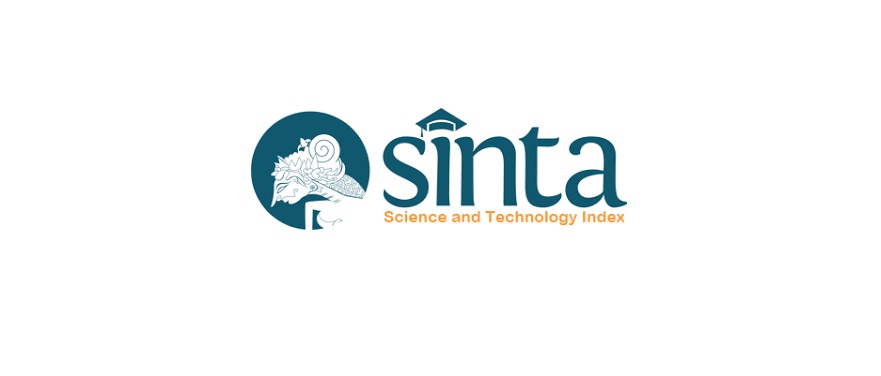PENINGKATAN KETERAMPILAN BERHITUNG SISWA MELALUI MEDIA KOTAK AJAIB BERBASIS STEM PADA MATERI KONSEP PENJUMLAHAN
Abstrak
Penelitian ini bertujuan untuk mengetahui peningkatan hasil belajar siswa melalui media ko Ajib (Kotak Ajaib) Berbasis STEM (Science, Technology, Engineering, Mathematics) pada materi konsep penjumlahan. Penelitian ini dilakukan dengan subjek penelitian kepada siswa kelas I di salah satu SD Negeri di Kota Surakarta Semester I Tahun Pelajaran 2018/2019 sebanyak 24 siswa, terdiri dari 7 siswa laki – laki dan 17 siswa perempuan. Metode yang digunakan dalam penelitian ini adalah Penelitian Tindakan Kelas (Classroom Action Research) dengan pola : perencanaan, pelaksanaan, observasi, refleksi, revisi. Teknik pengumpulan data dengan menggunakan metode diskusi, observasi, tes, catatan lapangan dan dokumentasi. Dari hasil penelitian didapatkan bahwa hasil belajar siswa mengalami peningkatan dari siklus I sampai siklus II yaitu, siklus I (70,83%), siklus II (91,66%). Kesimpulan dari penelitian ini adalah melalui penggunaan media pembelajaran alat peraga Ko Ajib (Kotak Ajaib) Berbasis STEM (Science, Technology, Engineering, Mathematics) pada materi konsep penjumlahan dapat meningkatkan hasil belajar siswa kelas I SD Negeri di Kota Surakarta Semester I Tahun Pelajaran 2018/2019.
Referensi
Ahrari, S., Samah, B. A., Hassan, M. S. H. Bin, Wahat, N. W. A., & Zaremohzzabieh, Z. (2016). Deepening critical thinking skills through civic engagement in Malaysian higher education. Thinking Skills and Creativity, 22, 121–128. https://doi.org/10.1016/j.tsc.2016.09.009
Bahrum, S., Wahid, N., & Ibrahim, N. (2018). Integration of STEM Education in Malaysia and Why to STEAM. International Journal of Academic Research in Business and Social Sciences, 7(6), 645–654. https://doi.org/10.6007/ijarbss/v7-i6/3027
Bati, K., Yetişir, M. I., Çalişkan, I., Güneş, G., & Saçan, E. G. (2018). Teaching the concept of time: A steam-based program on computational thinking in science education. Cogent Education, 5(1), 1–16. https://doi.org/10.1080/2331186X.2018.1507306
Cargas, S., Williams, S., & Rosenberg, M. (2017). An approach to teaching critical thinking across disciplines using performance tasks with a common rubric. Thinking Skills and Creativity, 26, 24–37. https://doi.org/10.1016/j.tsc.2017.05.005
Carlisle, D. L., & Weaver, G. C. (2018). STEM education centers: catalyzing the improvement of undergraduate STEM education. International Journal of STEM Education, 5(1). https://doi.org/10.1186/s40594-018-0143-2
Chiang, C. L., & Lee, H. (2015). The Effect of Project-Based Learning on Learning Motivation and Problem-Solving Ability of Vocational High School Students. International Journal of Information and Education Technology, 6(9), 709–712. https://doi.org/10.7763/ijiet.2016.v6.779
Chiu, M. S. (2018). Effects of early numeracy activities on mathematics achievement and affect: Parental value and child gender conditions and socioeconomic status mediation. Eurasia Journal of Mathematics, Science and Technology Education, 14(12). https://doi.org/10.29333/ejmste/97191
Chukwuyenum, A. N. (2013). Impact of Critical thinking on Performance in Mathematics among Senior Secondary School Students in Lagos State. Journal of Research & Method in Education, 3.5(5), 18–25.
Erwin, H. E. (2017). Full STEAM Ahead in Physical Education. Journal of Physical Education, Recreation & Dance, 88(1), 3–4. https://doi.org/10.1080/07303084.2016.1249759
Fathulla, K. (2019). Towards A STEAM Underpinned Industrial Digitalisation Curriculum. Steam, 3(2), 1–10. https://doi.org/10.5642/steam.20180302.09
Goldstein, L. B., Burke, B. L., Getz, A., & Kennedy, P. A. (2011). Ideas in practice: Collaborative problem-based learning in intermediate algebra. Journal of Developmental Education, 35(1), 26–37.
Habimana, O., & Stambach, A. (2015). Kung Fu as critical thinking. Journal of Philosophy in Schools, 2(1), 56–70.
Herro, D., & Quigley, C. (2017). Exploring teachers’ perceptions of STEAM teaching through professional development: implications for teacher educators. Professional Development in Education, 43(3), 416–438. https://doi.org/10.1080/19415257.2016.1205507
Jauhariyyah, F. R., Hadi Suwono, & Ibrohim. (2017). Science , Technology , Engineering and Mathematics Project Based Learning ( STEM-PjBL ) pada Pembelajaran Sains. Pros. Seminar Pend. IPA Pascasarjana UM, 2, 432–436.
Jho, H., Hong, O., & Song, J. (2016). An analysis of STEM/STEAM teacher education in Korea with a case study of two schools from a community of practice perspective. Eurasia Journal of Mathematics, Science and Technology Education, 12(7), 1843–1862. https://doi.org/10.12973/eurasia.2016.1538a
Katz-Buonincontro, J. (2018). Gathering STE(A)M: Policy, curricular, and programmatic developments in arts-based science, technology, engineering, and mathematics education Introduction to the special issue of Arts Education Policy Review: STEAM Focus. Arts Education Policy Review, 119(2), 73–76. https://doi.org/10.1080/10632913.2017.1407979
Kemdikbud (2017). Materi Pendukung Literasi Numerasi. Jakarta : 2017
Khaeroningtyas, N., Permanasari, A., & Hamidah, I. (2016). Jurnal Pendidikan IPA Indonesia TO IMPROVE SCIENTIFIC LITERACY OF JUNIOR HIGH SCHOOL. Jurnal Pendidikan IPA Indonesia, 5(1), 94–100. https://doi.org/10.15294/jpii.v5i1.5797
Kurup, P. M., Li, X., Powell, G., & Brown, M. (2019). Building future primary teachers’ capacity in STEM: based on a platform of beliefs, understandings and intentions. International Journal of STEM Education, 6(1). https://doi.org/10.1186/s40594-019-0164-5
Lei, Q., Xu, A., Gou, C., Wen, Y., He, D., Wu, J., … Wu, Z. (2018). Dosimetric study of GZP6 60Co high dose rate brachytherapy source. Journal of Applied Clinical Medical Physics, 19(4), 313–318. https://doi.org/10.1002/acm2.12362
Levels, M., Dronkers, J., & Jencks, C. (2017). Contextual explanations for numeracy and literacy skill disparities between native and foreign-born adults in western countries. Plos ONE, 12(3), 1-25. doi:10.1371/journal.pone.0172087, 1–25.
Liliawati, W., Rusnayati, H., Purwanto, & Aristantia, G. (2018). Implementation of STEAM Education to Improve Mastery Concept. IOP Conference Series: Materials Science and Engineering, 288(1). https://doi.org/10.1088/1757-899X/288/1/012148
Mosher, H. R., Desrochers, M., Mosher, H. R., & Desrochers, M. (2014). International Journal of Sustainability in Higher Education Article information :
Mutakinati, L., & Anwari, I. (2018). Jurnal Pendidikan IPA Indonesia ANALYSIS OF STUDENTS ’ CRITICAL THINKING SKILL OF MIDDLE SCHOOL THROUGH STEM EDUCATION PROJECT-BASED LEARNING, 7(1), 54–65. https://doi.org/10.15294/jpii.v7i1.10495
Nargundkar, S., Samaddar, S., & Mukhopadhyay, S. (2014). A guided problem-based learning (PBL) approach: Impact on critical thinking. Decision Sciences Journal of Innovative Education, 12(2), 91–108. https://doi.org/10.1111/dsji.12030
Ngabekti, S., Prasetyo, A. P. B., Hardianti, R. D., & Teampanpong, J. (2019). The Development of STEM Mobile Learning Package Ekosistem. Jurnal Pendidikan IPA Indonesia, 8(1), 81–88. https://doi.org/10.15294/jpii.v8i1.16905
Noprianda, M., Noor, M. F., & Zulfiana. (2016). Keterampilan Berpikir Kritis Siswa Model Pembelajaran Problem Based Learning Dan Sains Teknologi Masyarakat Pada Konsep Virus. Keterampilan Berpikir Kritis Siswa Model Pembelajaran Problem Based Learning Dan Sains Teknologi Masyarakat Pada Konsep Virus, 8(2), 182–191.
Ntobuo, N. E., Arbie, A., & Amali, L. N. (2018). The Development of Gravity Comic Learning Media Based on Gorontalo Culture. Jurnal Pendidikan IPA Indonesia, 7(2), 246–251. https://doi.org/10.15294/jpii.v7i2.14344
Qomariyah, E. N. (2016). Pengaruh Problem Based Learning terhadap Kemampuan Berpikir Kritis IPS, 23(2009), 132–141.
Roberts, T., Jackson, C., Mohr-Schroeder, M. J., Bush, S. B., Maiorca, C., Cavalcanti, M., … Cremeans, C. (2018). Students’ perceptions of STEM learning after participating in a summer informal learning experience. International Journal of STEM Education, 5(1). https://doi.org/10.1186/s40594-018-0133-4
Sari, A. P., & Setiawan, A. (2018). International Journal of Active Learning The Development of Internet-Based Economic Learning Media using Moodle Approach. International Journal of Active Learning, 3(2), 100–109.
Schoenberger-Orgad, M., & Spiller, D. (2014). Critical thinkers and capable practitioners. Journal of Communication Management, 18(3), 210–221. https://doi.org/10.1108/JCOM-11-2012-0085
Suwandi, F., & Istiyono, E. (2017). The Development of Performance Assessment of Stem- Based Critical Thinking Skill in the High School Physics Lessons, 12(5), 1269–1281.
Wulandari, B., Surjono, H. D., Sudarman, Simone, C. De, Lussier, J., Hall, L., … I.O’kwu, E. (2014). Problem-based learning in teacher education : Trajectories of change Faculty of Education. International Review of Social Sciences and Humanities, 2(1), 657–662. https://doi.org/0949-149X/91
Jurnal Pendidikan Dasar









.png)













